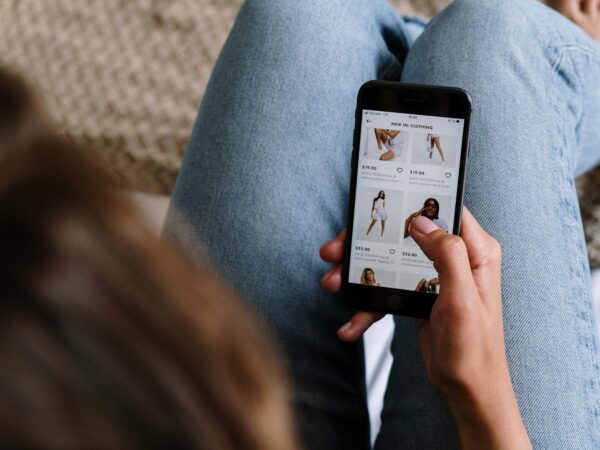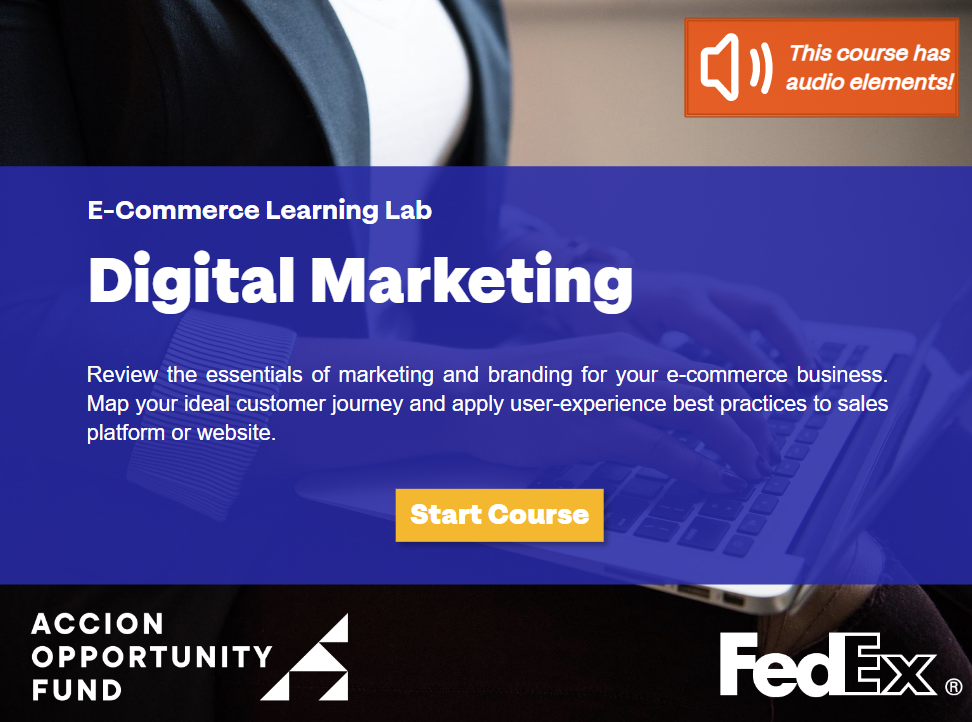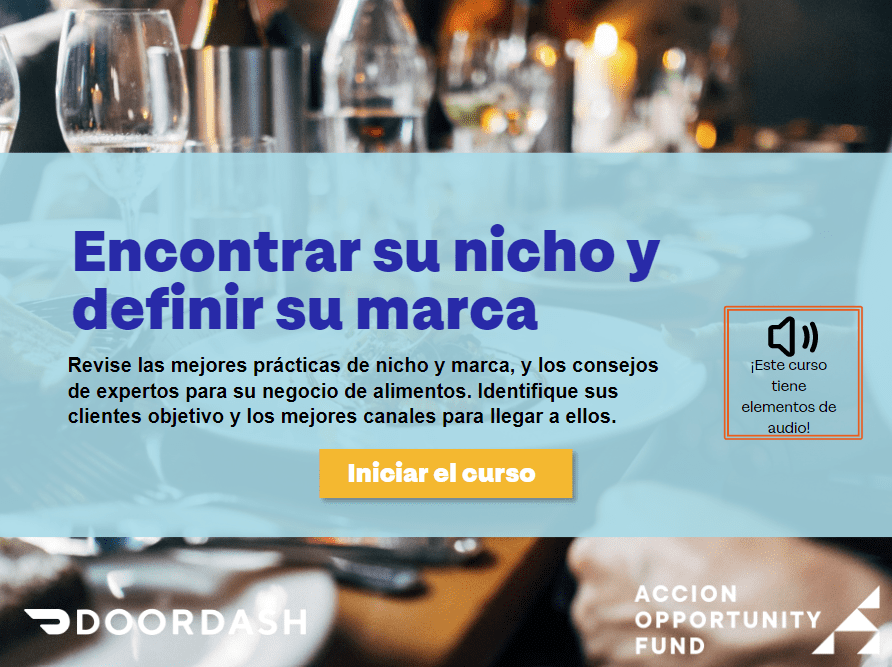How to Package Your Food or Beverage Product
It’s critical to learn how to package your food or beverage product so it stands out from the competition. Learn how to design your packaging.

As you’re starting your business and you’ve come up with a delicious new food or drink, one of the first things you must do before taking your product to market is figure out how to package your food or beverage product. Perhaps you’ve got interest from retailers in carrying it, or maybe you’ve decided to market it yourself online. Either way, now you’ve got to package it to make it easy to ship, stock, and stand out from the competition. Here are some important things to keep in mind and some tips to get started with the design and manufacturing of the packaging.
Product Packaging Requirements
Packaging serves several distinct purposes and needs to be designed accordingly. When you brainstorm the type of packaging you’ll use, keep these requirements in mind.
-
Product Protection
Your product won’t sell if you can’t get it to the distributor, store, or consumer without damage. It needs to be packaged in a way that makes it easy pick up, carry, and transport. Keep the packaging to the minimum amount required so it doesn’t take up an undue amount of space on a truck.
-
Product Freshness
Food and beverage products are all perishable to some extent. They must be protected from climate extremes, humidity, light, and pests. Your packaging is the first line of defense in keeping your product fresh and delicious so the consumer can enjoy its maximum taste.
-
Product Safety
Your packaging must keep your product safe, and must include a way to identify and track it in case a recall is necessary, like a batch ID and the date it was manufactured. The product must also be protected against microorganisms and insects. Any part of the package that contacts food has to meet certain regulations.
-
Display ability
Keep in mind that many consumers’ first introduction to your product will be from a store display, so the packaging must be designed to attract their eye and interest them in purchasing it. If you plan to sell your product in stores, your package will need to be a shape and size that can stack and won’t take up too much space on a shelf or in a refrigerator case. Shelf space is at a premium in many stores, and your product is less likely to be carried if it hogs too much of it. You’ll also want to include a Universal Product Code barcode on your product’s label so it can be scanned for purchase.
-
Product Identity
The packaging is your first opportunity to make a statement about your food or beverage. The typeface and colors you choose for the label and the material you select for the package are all clues to what’s inside. They dictate whether a potential customer perceives the product as high quality, a good bargain, gourmet, tasty, a splurge, or a hundred other things. There are also many legalities involved with packaging and labeling, including (but not limited to) a list of ingredients, sell-by date, nutrition information, and portion size. The Food and Drug Administration has specific regulations regarding what food product labels must include.
Package Design
Now that you know some packaging requirements, let’s explore some options for how to get it designed and made.
Package design is where your creativity can come through, although you must remember the functional purposes packaging serves. Your package is your calling card, the statement you make to the world about what’s inside. It needs to clearly communicate the right information about your product to potential consumers. What do you want to convey?
Visual Identity
At the very least, you want your packaging to offer a clear indication of what the product is and how it’s different from similar products that may already be on the market.
Think about your target audience and what it’s likely to find appealing. If you have other products, how does this one fit into your brand? How will it help you develop your strong visual brand? You’ll probably want the packaging to be consistent, and this can help you decide on what material to use (glass, plastic, paper, metal, etc.), which colors to feature, and what shapes and sizes to consider.
If this is a new product, you have the ability to create a brand identity for yourself, so think about what’s important to portray. Is this product organic? Environmentally friendly? Gluten-free? Spicy? All of these and more can help inform your decisions. Remember: your packaging is a visual representation of what’s inside.
Ask an expert
If you have the budget, by all means seek professional help to package your food or beverage product. It may cost you more in the short term, but it could be the difference between a successful launch and one that falls short.
Doug Ramsay, Print Production Supervisor at Samuel Adams, points out, “There are so many freelance designers out there. You don’t have to work with one of the big agencies and you can get it at a decent price. It gives your product a high quality look and feel.”
There is an important balance between the visual appeal of the package and its function. Packaging has to keep the product safe, fresh, and in good condition on store shelves and consumers’ kitchens. A professional designer can help you navigate between the two. S/he has the experience to know what is most likely to be successful.
You’ll need to figure out which materials will offer the most protection for your product and keep it fresh. Consider the following questions:
- What is the serving size, and how many servings will you package together?
- How much space will that take up?
- Will the individual containers fit into larger containers to be most easily transported? (This is called “secondary packaging.”)
- How will the packaging influence storage for you and the stores that will carry your product?
- Will it hold up well on store shelves?
- How will it best portray your marketing message, ingredients and your brand identity?
- Does it need to withstand a freezer or microwave?
- Once open, does the package need to be resealed?
And those are not the only considerations. Cost, of course, is a major factor. The way your package is designed will largely dictate the manufacturing specifications, which is one point in favor of working with a professional designer who understands your budget and requirements. An investment now could save you money going forward.
Package Production: Generic vs. Custom Packaging
Once you have an idea of what your packaging will look like, you have to get it made. Again, there are options and choices, largely dependent on budget.
If cost is a factor (and let’s face it, when is it not?), one suggestion is to use generic packaging rather than having something custom-designed. For Sam Adams’ Ramsay, this is actually his number one piece of advice.
Ramsay says it’s fine to keep things simple when you’re just starting out. In his words, “Try to utilize a generic bottle or container that you can somehow customize with a sticker or special color top so that you can make it yours.” This will also help keep costs down because you can order in smaller quantities than with a custom run.
As Ramsay also points out, “Keeping it generic doesn’t mean it has to look like everyone else’s item. Take a look at the local store and see what other companies are using. Then check out an online supplier and see what they have. Try and find something that is a little unique for your product line.”
Either way, Ramsay suggests making the most of your connections when you’re ready to package your food or beverage product. Find out who your vendors are getting their packaging from. By networking and using the relationships you already have, you can save time and energy, and you might even be able to get a price break.
Decide on a Budget for Packaging
So, how do you know how much to budget for packaging? Ramsay says you basically have to work backward. Decide how much profit you’d like to make from each item you sell, and go from there. “Let’s say you want to make a 50% profit on a product that can sell for $20. That means it’ll cost you $10 to produce it. You can break that $10 up into the cost of ingredients, cost of labor, and cost of packaging,” he says. Don’t forget to budget for advertising, as well.
Ramsay also notes that these days, you don’t have to work with a professional packaging company. There are websites you can custom order items from in a variety of sizes and quantities.
Ramsay does suggest, however, that new businesses consider working with a co-packer, which is a manufacturer that will produce and package your food or beverage product for you. This saves you the startup costs of buying or leasing a facility and food-grade equipment and paying employees.
Nondisclosure Agreement (NDA)
One very important thing to keep in mind when speaking with potential co-packers (or packagers, or, frankly, anyone) about your product and its ingredients is to have them sign a nondisclosure agreement. This is a short legal form that says they have to keep any information you share confidential. Basic nondisclosure forms can be found online or you can get one from the attorney who is handling your corporate business.
Learn All You Can Before You Start
As you can see from the tips Doug Ramsay shared, there is no substitute for knowledge you can gain by learning from experts in the field. Here are some ways you can study up before taking the plunge:
- Read trade magazines and newsletters about your product category.
- Bookmark and use websites and blogs that relate to your business.
- Create one or more Google Alerts so you don’t miss important news.
- Join associations that cater to your field.
- Attend industry trade shows, meetings and networking events.
- Pay attention to industry trends.
- Follow your competition on Twitter, Instagram and other social media.









